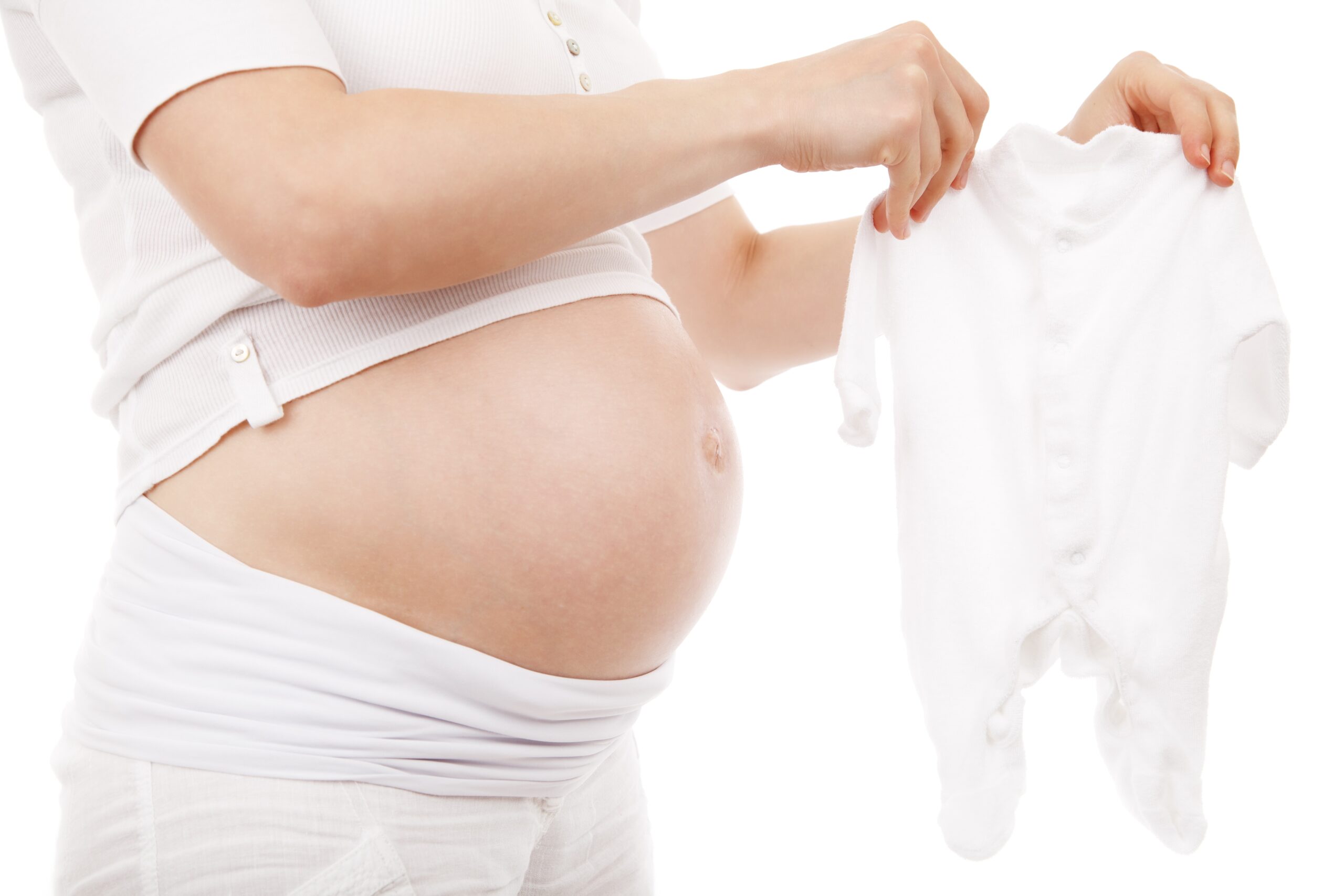Here at Lacuna Loft, we talk about everything lifestyle management and psychosocial support for young adults dealing with cancer or long term illness as patients, survivors, or caregivers. We seek to provide everything that the more clinical and medical resources don’t. With that said, we are all here, together on Lacuna Loft, because of a diagnosis. Learning more about diagnoses and treatments is also an important step to living and thriving.
Today in Diagnosis Corner, we are talking about using cord blood for cancer treatment.
—
Today, in our new series Diagnosis Corner, we are hearing from Joshua Lohse, an awareness advocate at CordBloodBanking.com. Welcome Joshua!
~~~
An overview of cord blood
A quick overview of the current and future benefits of stem cells, and how you can protect your family using cord blood banking. Anyone affected by cancer, or any life threatening illnesses should contact your local physician regarding umbilical cord blood for a treatment plan.
What is cord blood?
When a child is born, blood remains in their umbilical cord, even after it’s been removed and discarded as medical waste – this is called “cord blood”. Over the past 20 years, researchers have started collecting cells from cord blood, which are being used in transplants. Cord blood transplants treat over 80 diseases, and new therapies are emerging every year. For a list of these diseases click here.
Cord blood banking
Cord blood can now be stored, which gives families access to life-saving stem cells – this is called cord blood banking. When parents choose to store their baby’s cord blood, they can use these cells for medical treatment. The child, their siblings and close relatives can all benefit from stored cord blood.
Treatments using cord blood
Cord blood contains powerful stem cells. When transplanted, these cells heal damaged tissue in the body, and make more healthy cells in the process. Cord blood can treat cancer, autoimmune diseases, and even blood disorders such as leukemia and lymphoma. The promise for these tiny, yet powerful stem cells is tremendous.
Researchers are always testing new treatments with cord blood. In the next several years, life-changing conditions, like autism and heart disease, may be treated with these cells. Dozens of FDA-approved clinical trials are currently underway for emerging cord blood treatments, which means the list of diseases treated will greatly increase in the near future.
Cord blood and bone marrow
Compared to other stem cell sources, like bone marrow, cord blood is much more adaptable. Bone marrow needs a close donor match for an effective transplant. Since cord blood cells used to belong to a baby, they are much younger. This means they can adapt to many different people, making transplants easier and more effective.
Collection and storage
When your baby is born, medical staff take the umbilical cord to a different room, where they remove the cord blood, and place it into a temperature-safe container. This container is shipped to a lab, where scientists remove stem cells, and test them for use in future treatments. After the cells are tested, they are placed in long-term cryogenic storage.
The lab workers enter in information about the stem cells on a computer, so they have access to it later. They note the type, quantity and health level of the cells, which means proper matching and treatment are easier later on. If you chose to store your child’s cord blood in a private bank, only you and your family will have access to these cells.
For more information on the benefits of cord blood banking, visit www.cordbloodbanking.com.
~~~
Thank you Joshua! What are other diagnoses or treatments that you would like to learn about? Let us know in the comments or by emailing, info@lacunaloft.com
*remember, we are not condoning any specific treatment options, just offering up information. If you have questions, please visit our privacy policy and our terms of use.



